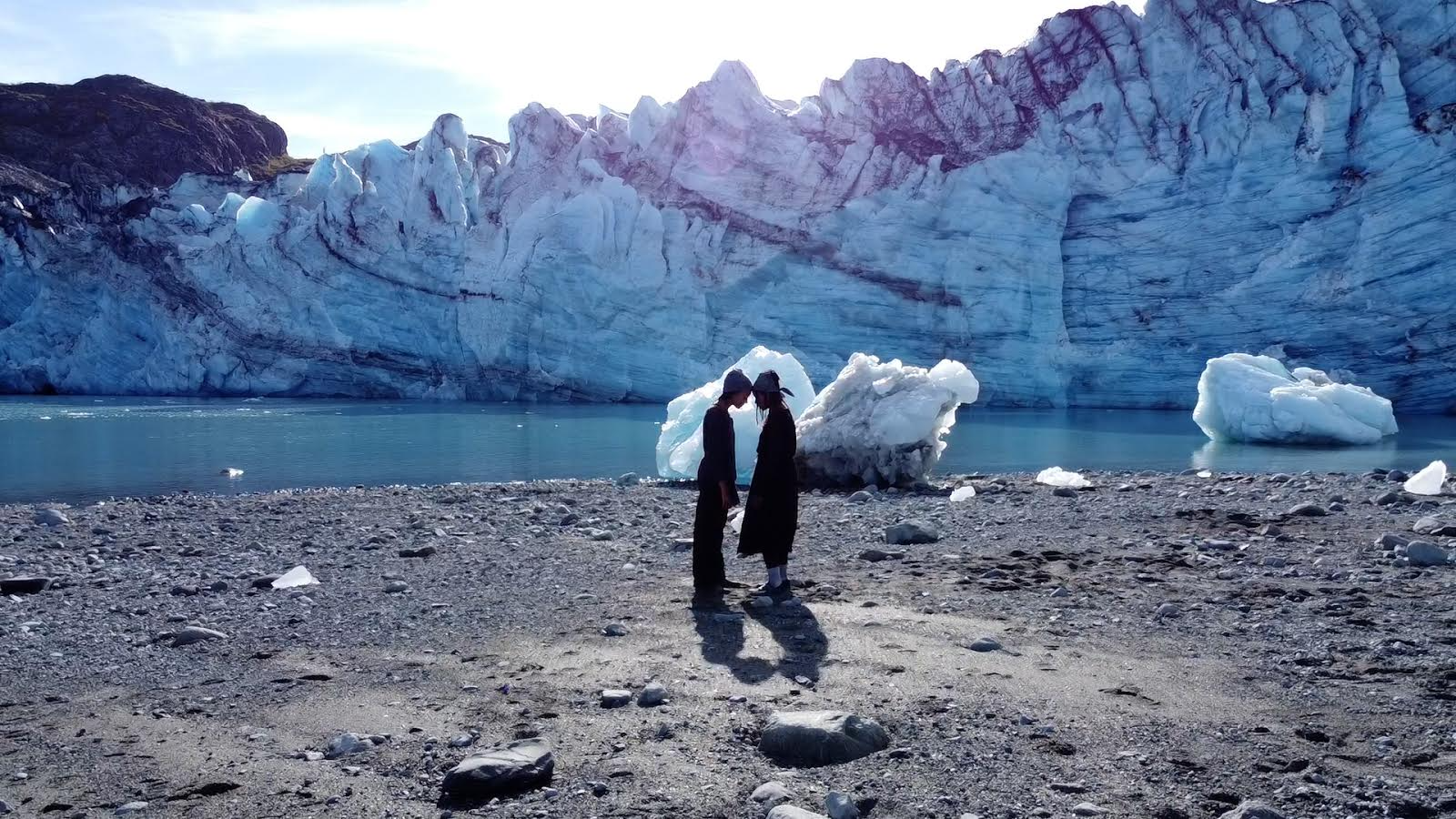
Blackness is the Refusal to be Reduced: Curator Talk and Film Screening with Nikesha Breeze
Join us for an evening with artist and curator Nikesha Breeze, presenting a curator talk and screening as part of Blackness is…the Refusal to be Reduced, currently on view through March 2027. The evening will feature Can I Get a Witness?—a film by brontë velez—followed by a conversation and Q&A. Together, we’ll explore the questions, urgencies, and visions that shape the exhibition, and the liberatory possibilities of Black artistic practice.
Nikesha Breeze is a multidisciplinary artist and curator whose work spans sculpture, installation, performance, and film. Rooted in African diasporic memory, Breeze’s practice engages ancestral presence, grief, and reclamation. Their work is held in national and international collections, including the Equal Justice Initiative’s Freedom Monument Sculpture Park in Montgomery, Alabama, and has been exhibited at the Portland Art Museum, Tacoma Art Museum, Albuquerque Art Museum and MoCADA Brooklyn.
“Can I get a Witness” 18min by brontë velez
Following black feminist scholar Tiffany King’s text, “The Black Shoals: Offshore Formations of Black and Native Studies,” Can I Get A Witness is a transmedia project that traces two queer black-latinx femmes (brontë velez & Steph Hewitt) dancing before, and being danced by, the ecology, memory and stories of the Tongass National Forest and Glacier Bay in southeast Alaska (unceded Tlingit, Haida, Tsimshian territory).
Scored by field recordings and music by cellist/acoustic ecologist Jiordi Rosales and interviews from the For The Wild podcast with Tiffany King (interviewed by brontë velez), Wanda Kashudoha and Kasyyaghei (matriarchal Tlingit elders and lifelong forest defenders of the Tongass & Glacier Bay interviewed by Ayana Young), the film and constellated media utilizes “dance as a grammar” (Tiffany King) to hold the complexity of its narrative: tracing connections between melting ice in Alaska and the disappearing Caribbean, the separation of black and indigenous relations, and the critical suture that: black and indigenous femme survival requires the earth’s health – something about “the land’s refusal to be separated from flesh” (Tiffany King).
Directed by brontë velez. Featuring brontë velez and Steph Hewitt. Opening Oracle by jazmín calderón torres. Cinematography by Molly Leebove and Jade Begay. Editing by Molly Leebove. Produced by Lead to Life and For The Wild.
brontë velez
brontë’s work and rest is guided by the call that “black wellness is the antithesis to state violence” (Mark Anthony Johnson). as a black-latinx transdisciplinary artist, curator, trickster, educator, jibarx and wakeworker, their eco-social art praxis lives at the intersections of black feminist placemaking, abolitionist theologies, environmental regeneration and death doulaship.
they embody this commitment of attending to black health/imagination, commemorative justice (Free Egunfemi) and hospicing the shit that hurts black folks and the land through serving as creative director for Lead to Life design collective and ecological educator for ancestral arts skills and nature-connection school Weaving Earth. they are currently co-conjuring a mockumentary with esperanza spalding in collaboration with the San Francisco Symphony and practicing pastoral care as a co-steward of a land refuge in Kashia Pomo territory in northern California.
mostly, brontë is up to the sweet tender rhythm of quotidian black queer-lifemaking, ever-committed to humor & liberation, ever-marked by grief at the distance made between us and all of life —
